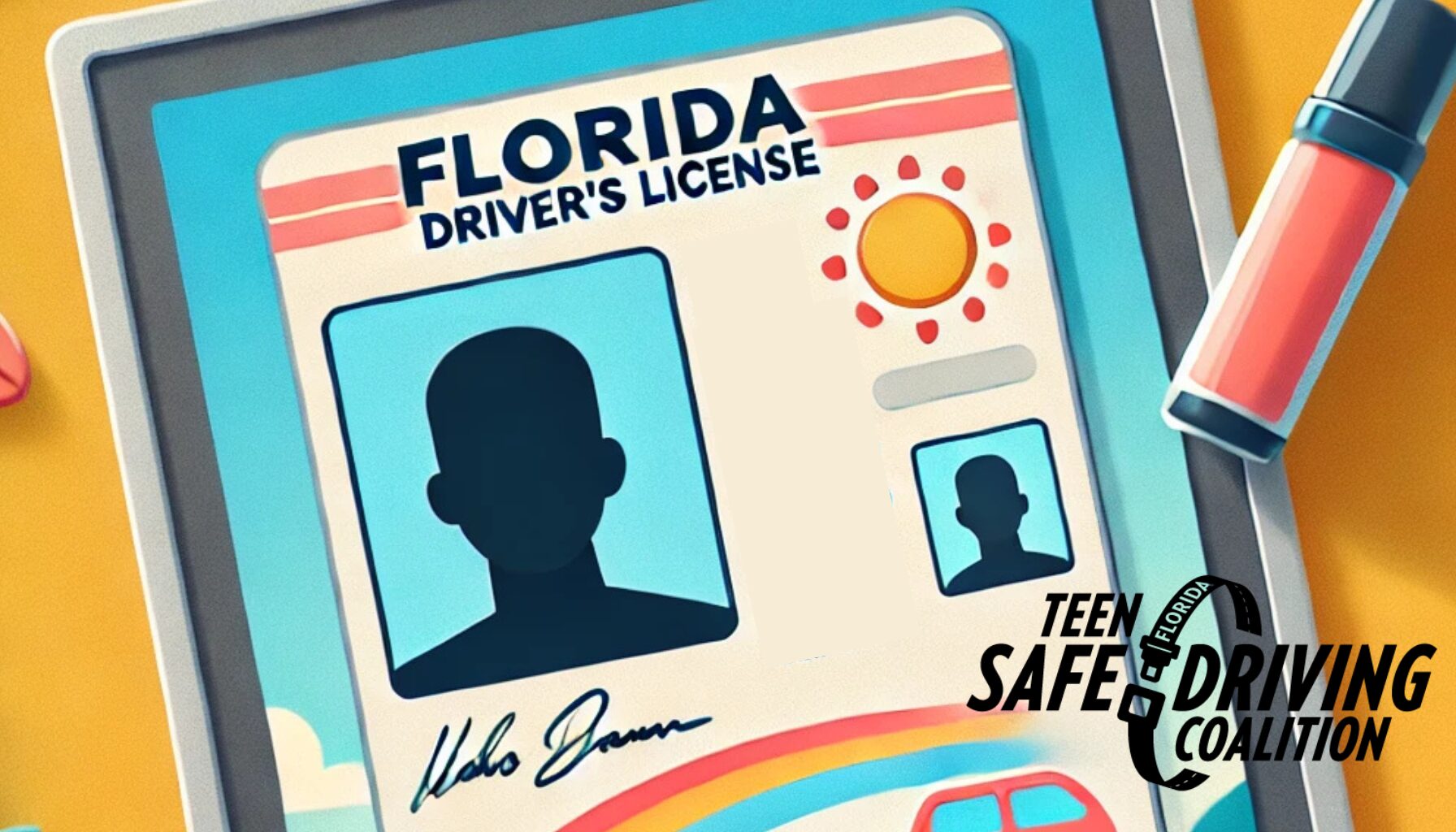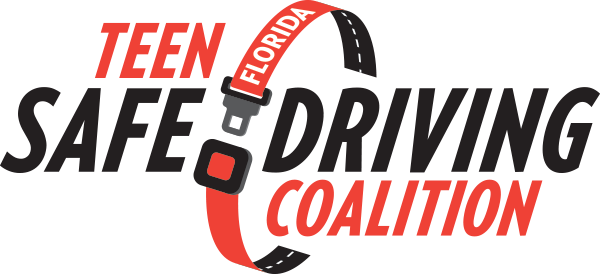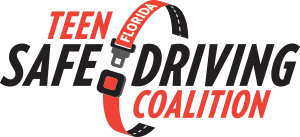
The Importance of Florida’s Graduated Driver Licensing (GDL) Requirements
Learning to drive is a significant milestone in a teenager’s life, but with that new privilege comes responsibility. To help young drivers gain the experience and maturity necessary to handle the road safely, many states have implemented Graduated Driver Licensing (GDL) programs. Florida’s GDL system is designed to protect teens by introducing driving privileges in phases, allowing them to gain valuable experience while reducing the risks associated with being a new driver. These restrictions may seem like obstacles to independence for teens, but they are in place to protect them from high-risk driving situations and prevent crashes. As a parent, understanding the importance of Florida’s Graduated Driver Licensing requirements can significantly contribute to your teen’s safety on the road. Let’s take a closer look at how the GDL program works, why it’s so important, and how you can help your teen navigate this critical period of their driving journey.
What is the Graduated Driver Licensing Program?
Florida’s GDL program is a structured, three-stage system that allows teen drivers to gradually gain driving experience under less risky conditions. The goal is to reduce the number of crashes involving young, inexperienced drivers by introducing them to driving in a controlled and phased approach. The three stages are:
- Learner’s Permit: At age 15, teens in Florida can apply for a learner’s permit after completing a traffic law and substance abuse education course and passing a written knowledge exam. With a learner’s permit, teens can only drive during daylight hours for the first three months and until 10 p.m. thereafter. They must always be accompanied by a licensed driver who is at least 21 years old and seated in the front passenger seat.
- Driver License (with Restrictions): Once a teen has held a learner’s permit for at least one year without any traffic convictions and has logged a minimum of 50 hours of supervised driving (10 of which must be at night), they can apply for their Driver License at age 16. With this license, teens are allowed to drive unsupervised but must adhere to specific restrictions. For 16-year-olds, driving is only permitted between 6 a.m. and 11 p.m. unless they’re traveling to or from work or are accompanied by a licensed driver over 21. For 17-year-olds, the restriction extends from 5 a.m. to 1 a.m.
- Full License: At age 18, teens in Florida gain access to an unrestricted license, provided they’ve had no violations up until this point. At this stage, the restrictions on nighttime driving and supervision are lifted, and the teen is considered a fully licensed driver.
These restrictions may seem frustrating to teens who are eager for independence, but they play a crucial role in preventing dangerous situations and helping young drivers build experience in lower-risk environments.
Florida’s Graduated Driver Licensing Requirements
Teens are at a higher risk of being involved in crashes for several reasons, including inexperience, susceptibility to distractions, and tendencies to take risks. The GDL system is designed to mitigate these risks by limiting exposure to high-risk situations—such as nighttime driving or driving with multiple passengers—until the teen has gained more experience.
Here are some of the key reasons why Florida’s GDL laws are essential for keeping teen drivers safe:
- Reduced Nighttime Driving: Nighttime driving is significantly more dangerous than driving during the day, especially for inexperienced drivers. Reduced visibility, fatigue, and the likelihood of encountering impaired drivers all contribute to the higher crash rates during these hours. By limiting when teens can drive at night, the GDL system reduces their exposure to these risks while they’re still developing their driving skills.
- Supervised Practice: The requirement for teens to drive with an experienced adult during the learner’s permit phase provides invaluable learning opportunities. Supervisors can offer guidance, correct mistakes, and help teens build confidence behind the wheel before they begin driving independently. The supervised driving hours required by the GDL program ensure that teens have ample practice before progressing to the next stage. Checkout the Parent’s Supervised Driving Program to help keep track of supervised driving hours.
- Gradual Independence: The phased approach of the GDL program allows teens to gradually gain more independence while adhering to safety restrictions. This helps them develop good driving habits in a controlled environment, reducing the likelihood of risky behaviors like speeding, distracted driving, or reckless driving. By the time they receive their full license at 18, they have two to three years of experience under their belt, making them more capable of handling the challenges of the road.
- Passenger Limitations: Driving with friends can be a major distraction for teens. Passengers, especially peers, can encourage risky behavior or divert a driver’s attention from the road. Florida’s GDL guidelines provide recommendations on when and how many passengers a teen can have in the car, particularly during the first months of driving, which significantly reduces the likelihood of distractions that could lead to a crash. Learn more about passengers as distractions here!
How GDL Laws Reduce Crash Rates
The success of GDL programs like Florida’s is well-documented. According to the Insurance Institute for Highway Safety (IIHS), GDL systems are proven to reduce crashes among teen drivers. States with strong GDL laws have seen reductions in fatal crashes involving 16-year-old drivers of up to 20%. This success is largely attributed to the fact that these programs limit young drivers’ exposure to high-risk driving situations during their most vulnerable years.
By preventing teens from driving late at night, limiting the number of passengers, and requiring supervised driving hours, GDL programs create a safer environment for new drivers. Teens have the opportunity to develop their skills in lower-risk settings, gradually gaining the experience they need to handle more complex driving scenarios. This phased approach not only reduces the number of crashes but also leads to fewer injuries and fatalities on the road.
How Parents Can Support GDL Requirements
As a parent, you play a critical role in ensuring your teen follows the GDL requirements and practices safe driving habits. While the state sets the official restrictions, it’s up to you to enforce them at home. Here are some steps you can take to support Florida’s GDL laws and keep your teen safe behind the wheel:
- Set Clear Expectations: Have a conversation with your teen about the GDL laws and why they’re important. Explain the reasons behind the restrictions and how following them will protect them and others on the road. Be clear about your own family rules for driving, such as curfews or limits on passengers, and ensure your teen understands the consequences of breaking those rules.
- Create a Driving Contract: A written driving contract can formalize the expectations and consequences related to driving. This contract should outline the GDL restrictions, as well as any additional rules your family agrees upon. Both you and your teen should sign the contract, making it clear that driving is a privilege that comes with responsibility.
- Monitor Their Driving: During the learner’s permit phase, take an active role in your teen’s supervised driving practice. Use this time to teach them not only the mechanics of driving but also the importance of defensive driving, obeying speed limits, and staying focused on the road. After they’ve received their intermediate license, continue to monitor their driving habits by riding along with them periodically or using driving apps that track speed and phone use.
- Enforce Consequences: If your teen violates the GDL restrictions—such as driving past curfew or with too many passengers—enforce the consequences outlined in your driving contract. This might mean temporarily revoking their driving privileges or setting stricter rules for a period of time. Consistency is key in reinforcing the importance of following the law and prioritizing safety.
- Lead by Example: Your teen is watching how you drive, and they’re likely to model their own behavior after yours. Set a positive example by following traffic laws, avoiding distractions, and always wearing your safety belt. By modeling safe driving habits, you reinforce the importance of responsible driving for your teen.
Addressing Pushback from Teens
It’s common for teens to feel frustrated by the restrictions imposed by the GDL program. They may argue that the rules are too strict or that they’re ready for more independence. While it’s important to acknowledge their feelings, it’s equally important to remain firm in your commitment to their safety.
Remind your teen that the GDL restrictions are temporary and are designed to protect them during the riskiest period of their driving experience. Share statistics about teen crash rates and explain that these restrictions are based on research that has been proven to save lives. Emphasize that once they’ve gained more experience and maturity, they’ll be able to enjoy full driving privileges without restrictions.
Safety Comes First
Florida’s Graduated Driver Licensing (GDL) program is a crucial tool in keeping young drivers safe. By gradually introducing driving privileges in a controlled environment, the GDL system reduces the likelihood of crashes and helps teens develop the skills they need to navigate the road safely.
As a parent, supporting and enforcing the GDL requirements can make a significant difference in your teen’s safety. By setting clear expectations, monitoring their driving habits, and leading by example, you can help your teen develop into a responsible and confident driver.
The GDL restrictions may seem limiting at first, but they’re designed with one goal in mind: to protect your teen from the dangers of the road. By following these guidelines, you’re giving your teen the best possible chance to become a skilled, safe driver—and that’s a privilege worth waiting for.
For more resources and information on GDL, visit the FTSDC Graduated Driver Licensing Resource Center!

